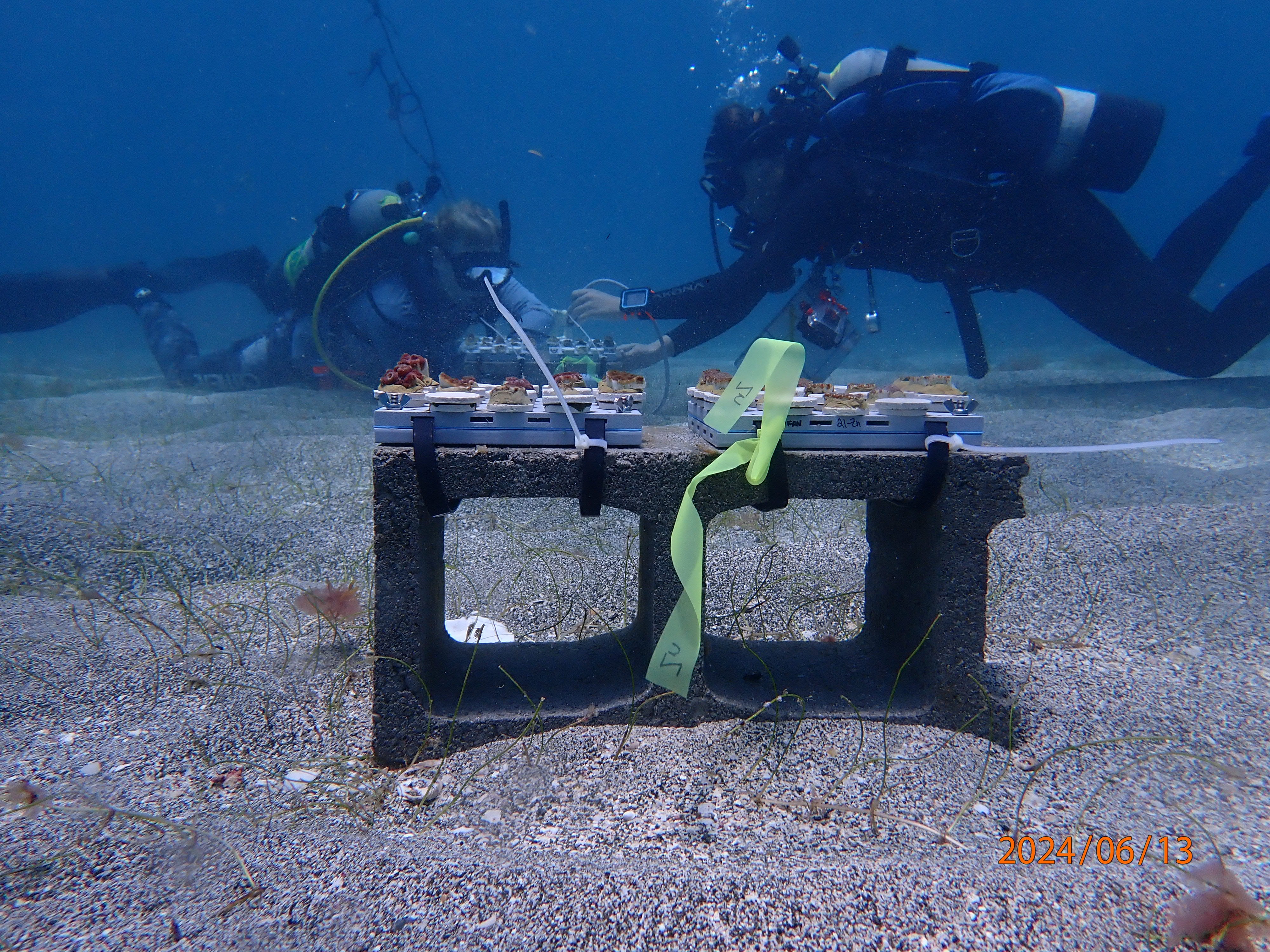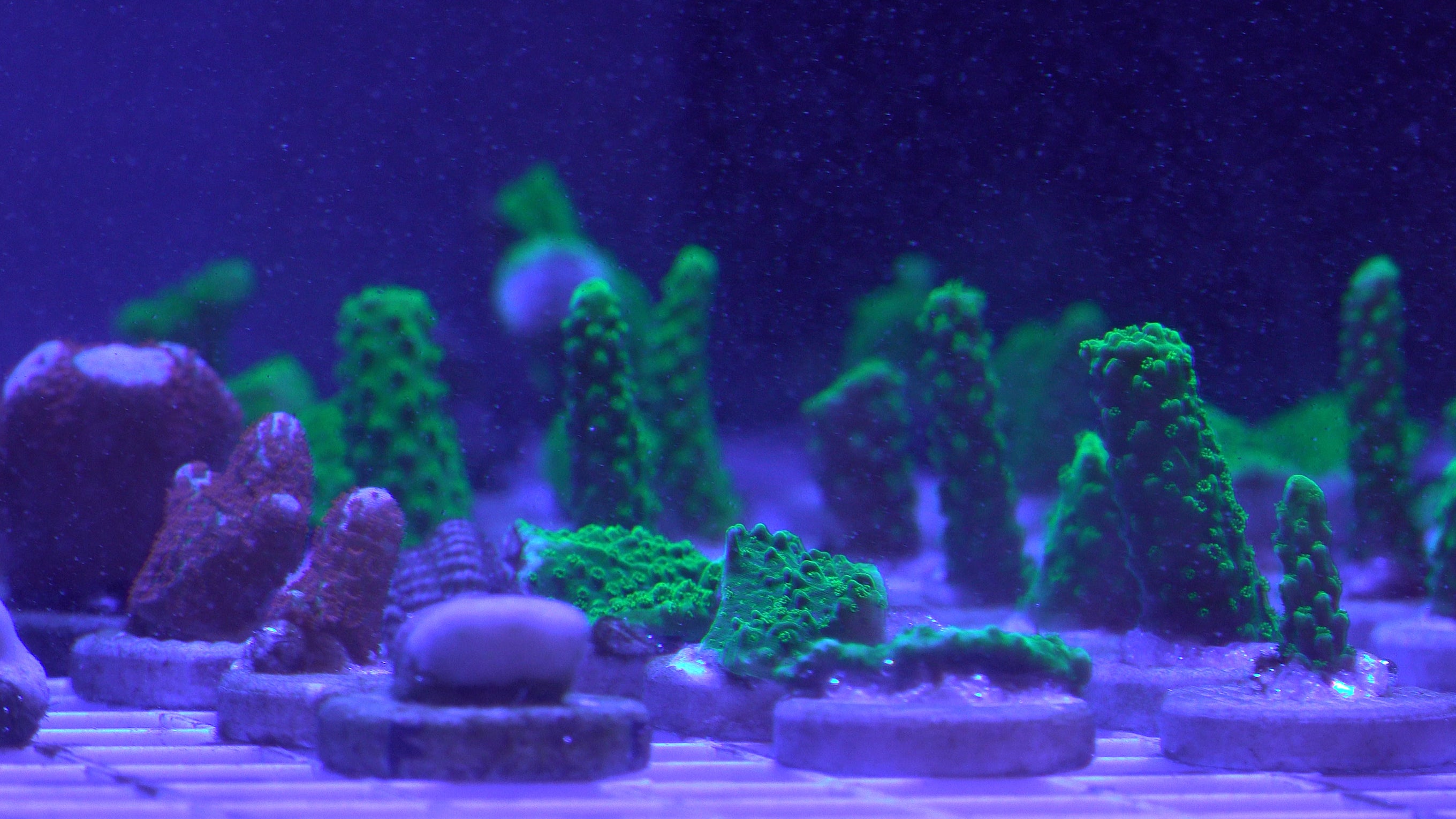Could a multivitamin help to save our coral reefs?
Scientists want to help make coral reefs more resilient to climate change
Your support helps us to tell the story
From reproductive rights to climate change to Big Tech, The Independent is on the ground when the story is developing. Whether it's investigating the financials of Elon Musk's pro-Trump PAC or producing our latest documentary, 'The A Word', which shines a light on the American women fighting for reproductive rights, we know how important it is to parse out the facts from the messaging.
At such a critical moment in US history, we need reporters on the ground. Your donation allows us to keep sending journalists to speak to both sides of the story.
The Independent is trusted by Americans across the entire political spectrum. And unlike many other quality news outlets, we choose not to lock Americans out of our reporting and analysis with paywalls. We believe quality journalism should be available to everyone, paid for by those who can afford it.
Your support makes all the difference.As ocean temperatures and acidity continue to rise, scientists are racing to protect the world’s coral reefs from the ever-growing threats of climate change — and one solution sounds more like something you’d find in your bathroom cabinet.
Researchers say they could use a multivitamin to help make these critical ecosystems more resilient to heat stress and boost their health.
This is not a Vitamin C and calcium concoction swallowed with a glass of water to boost your immune system, although it does have more similarities than you might think.
Members of Massachusetts’ Woods Hole Oceanographic Institution and the University of the Virgin Islands joined forces to lab test nutrient-infused tiles that will be embedded in a 20-foot artificial reef. After the juvenile corals are planted on the structure, the tiles will emit essential nutrients and vitamins for the corals to absorb.
“We are studying how corals react when grown on substrates that have been infused with essential metal micronutrients, like manganese, zinc, and iron,” Colleen Hansel, a senior scientist and marine chemist at WHOI, said in a news release.
“The rapidly warming waters coupled with an active hurricane season has made it difficult to conduct field trials of our substrates. But preliminary data collected during more than a year of lab experiments shows that corals that had the early benefit of multivitamins were more resistant and resilient to heat stress,” Hansel said.

The artificial reef will also serve another purpose, according to Marilyn Brandt a coral disease ecologist at the University of the Virgin Islands.
“The artificial reef will protect the shoreline from storm surge and erosion while providing habitat for corals struggling from climate change, as we work toward restoring natural reefs in the area,” she explained.
Although field testing is still necessary to make sure that additional nutrients in the environment don’t cater to one specific kind of coral or promote the growth of invasive species, the scientists hope the artificial reef will create a diverse environment for the species that rely on them.
“We need to be sure an artificial reef looks and sounds as similar to a natural reef as possible. That doesn’t consist of just coral, but also sponges, anemones and other biogeochemical components of the reef ecosystem,” said Hansel. “These interactions and feedback are necessary to make the whole habitat healthy.”
In addition to providing critical habitat for at least 25 percent of the world’s marine life, coral reefs are considered key to finding new drugs and medicines. They also protect shorelines, reducing impacts from waves, storms, and floods, made more severe and frequent by climate change. They are home to important filter feeders that take contaminants out of the oceans and support large amounts of plant life that take in carbon dioxide and release oxygen. They have a hand in building our beaches and much of the sand is made of coral skeletons. And, US fisheries rely on coral reefs to provide food. The National Oceanic and Atmospheric Administration estimates the commercial value of US fisheries from coral reefs to be over $100 million.

This research comes after the agency confirmed the world’s fourth global coral bleaching event on record and the second in the last 10 years.
Bleaching occurs when corals are stressed by changes in conditions, causing them to expel the symbiotic algae living in their tissues and turn completely white. When a coral bleaches, it is not dead. They can survive a bleaching event, but they are under more stress and are subject to mortality.
“As the world’s oceans continue to warm, coral bleaching is becoming more frequent and severe,” Manzello said. “When these events are sufficiently severe or prolonged, they can cause coral mortality, which hurts the people who depend on the coral reefs for their livelihoods.” Dr. Derek Manzello, the coordinator of NOAA’s Coral Reef Watch program, said in a statement.
A report released by the International Union for Conservation of Nature earlier this month showed 44 percent of the world’s 892 warm-water reef-building coral species are at risk of extinction. The majority of the world’s corals are found across the Indo-Pacific.
“The protection of our biodiversity is not only vital for our well-being but crucial for our survival. Climate change remains the leading threat to reef-building corals and is devastating the natural systems we depend on,” IUCN Director General Dr Grethel Aguilar said in a statement. “We must take bold, decisive action to cut greenhouse gas emissions if we are to secure a sustainable future for humanity.“

Join our commenting forum
Join thought-provoking conversations, follow other Independent readers and see their replies
Comments